Poly bag mailers or corrugated shipping boxes? Which is best for your product?
In part one of this series, we explore the environmental friendliness of these products. In the second part of the series, we review other packaging considerations.
Poly Bag Mailers and Corrugated Boxes
What are they?
Description of Poly Bag Mailers
A poly bag mailer, also called a poly mailer, is a sturdy plastic bag that companies may use to ship products. Some poly bags come with bubble-lined interiors. Others consist of woven polyethylene fibers. A few are made from plant products—more on that later.
The poly in poly bag mailer is shorthand for polyethylene (PE).
According to the U.S. Energy Information Administration (EIA), plastics, such as PE, are made from varying combinations of:
- Natural gas,
- The processing of natural gas, and
- Crude oil refining.
It is nearly impossible to determine how much of the Earth’s natural resources are currently used to make PE shipping bags and other plastics.
However, the use of plastics in packaging is rapidly growing each year. You may have noticed these plastic bags arriving on your doorstep after your online purchase.
The United Nations estimates that the world uses 500 billion plastic bags daily—more than one million a minute. Yet the bag’s average “working life” is just 12 to 15 minutes.
Description of Corrugated Shippers
On the other hand, corrugated (not cardboard) shippers are sturdy boxes made from (at least three sheets of containerboard, thick paperboards. On the outside are two flat liners (the “bread” of the sandwich). The middle sheet or medium (the “meat” of the sandwich) bears the classic fluted, wavy shape. These container boards are held together by a glue made of cornstarch.
Sources of Poly Bag Mailers vs. Corrugated Boxes
Manufacturing of Poly Bag Mailers
Although there are different production methods, structures, and densities of PE, they all have common characteristics.
For example, they are made from some of our planet’s most valuable—and unrenewable—natural resources. Furthermore, they do not decompose. Although they can be melted down and reshaped to create other PE products, this is rarely the case. Instead, these plastics break down into smaller and smaller particles, called microplastics.
According to Environmental Health News, the world produces about 380 million tons of plastic annually. As a result, approximately 152 million tons end up somewhere in the environment.
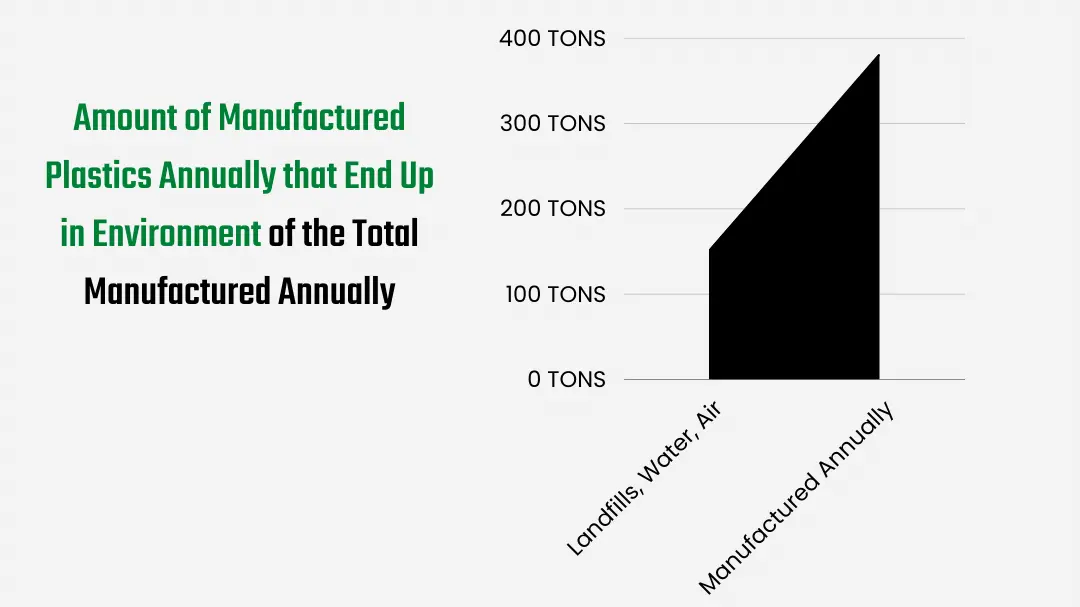
Manufacturing of Corrugated Boxes
Corrugated boxes (sometimes mistakenly called cardboard boxes) come from two sources:
- Recycled paper and boxes and
- Paper pulp from trees
Unlike gas and oil, trees are renewable resources.
However, recycled materials—not tree pulp—comprise most corrugated container boards today.
Moreover, companies such as Wertheimer Box are certified to the SUSTAINABLE FORESTRY INITIATIVE® Standard for Certified Sourcing. We have held this certification since 2008. That’s because we source 100% of our corrugated boards responsibly.
Discarded Corrugated Boxes
Industrial and Retail Recycling of Corrugated Boxes
Many retailers and industries collect and recycle corrugated boxes.
For example, we recycle 100% of our corrugated trimmings at Wertheimer Box. Dies create these corrugated trimmings when they punch out handholds, air holes, or other specialty cuts in the corrugated board.
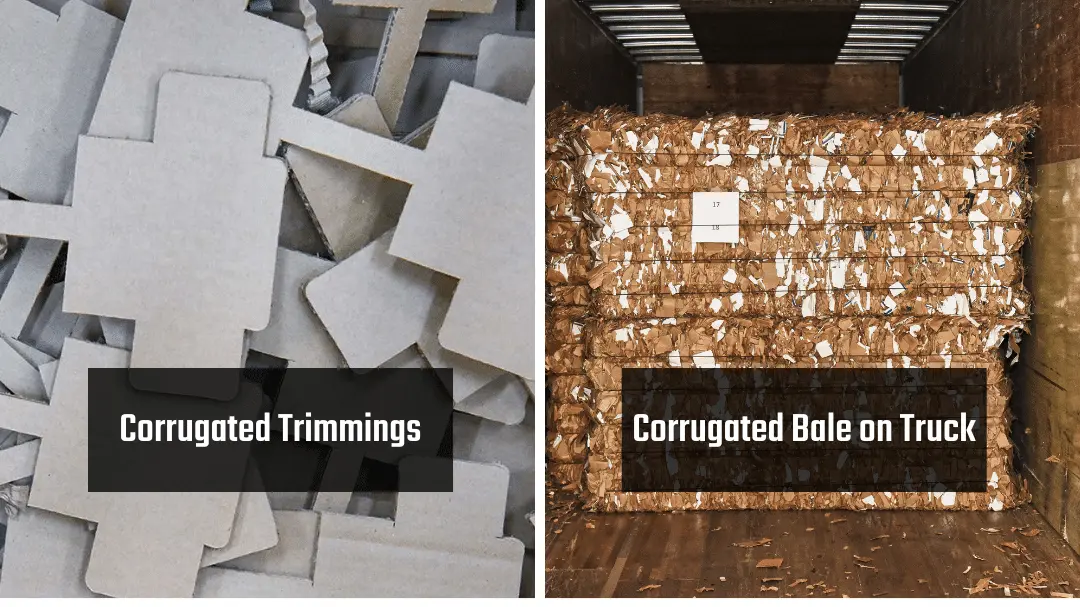
We then draw 100% of this waste through a vast network of large “vacuum-like” pneumatic tubes that collect the trimmings throughout our 303,000+ square-foot plant, tightly bundle them into corrugated bales, and load them onto trucks for recycling at paper millers.
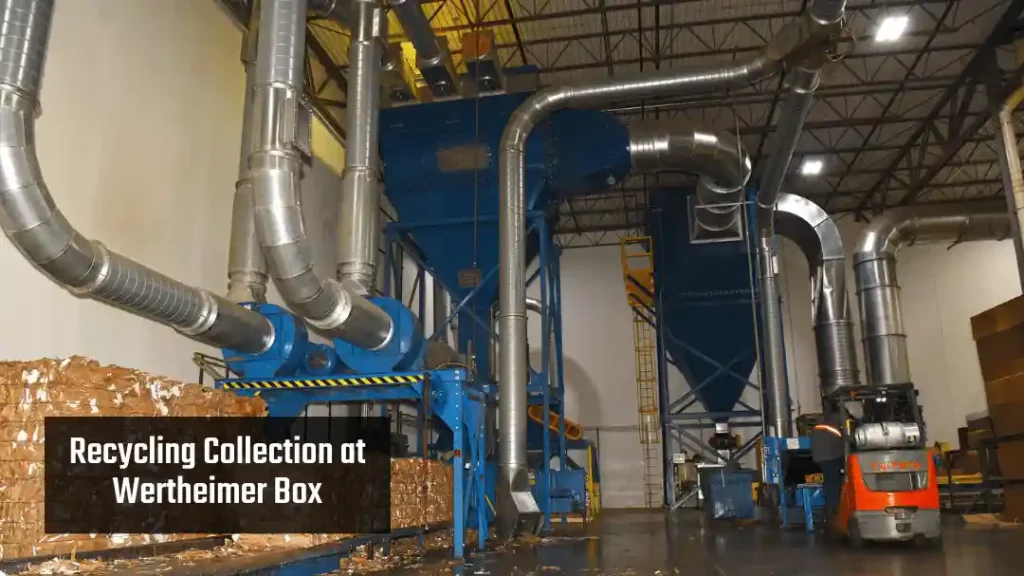
Consumer Recycling of Corrugated Boxes
Of course, some corrugated boxes end up in consumers’ hands. Most recycling programs in villages and cities across the United States accept and collect corrugated boxes. As a conservative estimate, the United States recycles about 78% of its corrugated boxes. (The EPA places this percentage at 96.5.)
Decomposition of Corrugated Box
Finally, by their very nature, corrugated shippers that don’t make it to recycling plants are biodegradable.
Discarded Polyethylene (PE) Waste and Recycling
Biodegradability of Plastic Poly Bag Mailers
By contrast, most plastic trash NEVER disappears entirely. Instead, as mentioned earlier, it simply breaks down into smaller particles. We then inhale these microplastics into our lungs, consume them in our foods, and store them in our organs.
Even newborns may not be immune. In a small 2020 study, researchers discovered microplastics in human placentas. What’s more, these microplastics can cross the placenta.
U.S. Disposal of Polyethylene
The EPA reports on waste and recycling of various containers and packaging materials.
Two sources provide the PE packaging data:
- The American Chemistry Council (ACC)
- The National Association for PET Container Resources (NAPCOR).
Remarkably, the ACC is an advocacy group that includes more than 150 manufacturer members with household names such as 3M, Chevron, Dow, Dupont, ExxonMobil, and others.
NAPCOR is the North American trade association for the plastics packaging industry. It promotes the use of polyethylene terephthalate, a type of PE, which it touts as “the world’s most widely recovered plastic.”
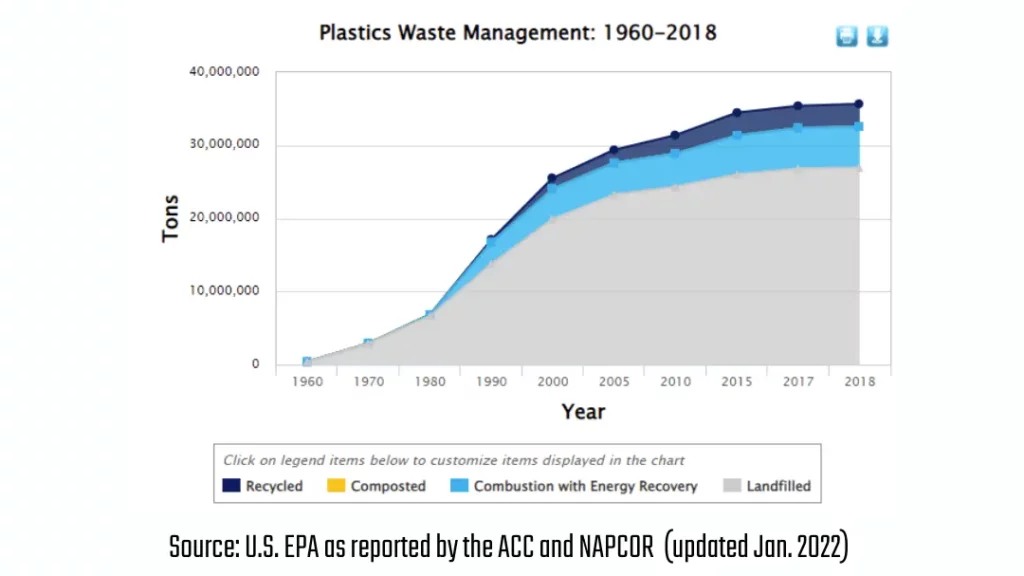
The truth is that very little PE is recovered or recycled. As reported to the EPA, using a combination of 2018 data from the ACC and NAPCOR, the United States:
- Recycled 2 million tons of plastic containers and packaging in 2018,
- Recovered 2.5 million tons of plastic containers by melting and reforming them, and
- Added 10.1 million tons to landfills.
Therefore, the United States recycled about 9 percent of its plastic and reused about 16 percent. The remainder, more than 77 percent, ended up in landfills. (Numbers add to greater than 100% due to rounding.)
Most of the recycled plastic includes empty water bottles and other plastic containers.
This percentage contrasts sharply with the 96.5 percent of corrugated boxes that are recycled.
To our knowledge, data specifically on poly bag mailers aren’t available.
Consumer Recycling of PE Bags
Furthermore, few municipalities accept plastic bags as part of their recycling programs. As a result, consumer poly bag waste most likely ends up in landfills. In 2020, just 4% of U.S. recycling plants accepted plastic bags.
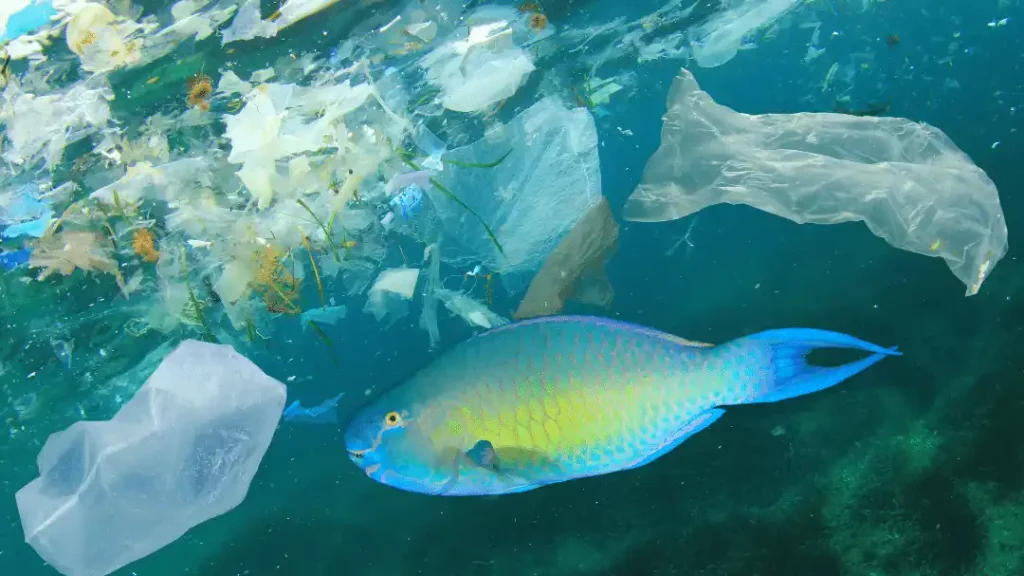
Polyethylene (PE) and Microplastics in the Environment
Poly mailer bags are not eco-friendly—even when they claim to be.
Plastic Packaging and Our Water
Discarded plastics travel down our waterways. Today, 10 million tons of plastics end up in the ocean EACH YEAR. Some are plastics founds in cigarette filters; however, much is from plastic packaging.
According to the United Nations, plastic waste tripled between the 1970s and 1990s. Furthermore, Statista reports that global plastic production will more than quadruple between 2017 and 2050.
Additionally, the United Nations reports that the planet produces 400 million tons of plastic waste annually. Some of this ends up in landfills. Other plastics travel down our waterways, reaching the ocean.
Plastic Oceans International estimates that plastic waste in water will be between 23 and 37 million tons by 2040—depending on our behaviors.
Similarly, the Ellen MacArthur Foundation urges the world to change how it designs, uses, and reuses plastics. Without change, The Foundation forecasts that by 2050, there will be more plastics than fish in the ocean.
Microplastics in Our Food and Air
Furthermore, Environment & Human Health Inc. (EHHI) reports that microplastics are already plentiful in our food supply. The EHHI is an independent, nonprofit, science-based organization of physicians, public health professionals, and policy experts. Noteworthy, the organization does not accept money or grants from manufacturers or other companies.
EHHI reports that most foods, including fruits, vegetables, water, beer, and even salt, contain these tiny particles of plastic.
After a review of 500 scientific studies, the author of a recent EHHI report showed that each of us eats and breathes in millions of microscopic plastic particles each year. The Yale professor noted that these plastics also contain chemical additives, toxic coatings, and harmful germs.
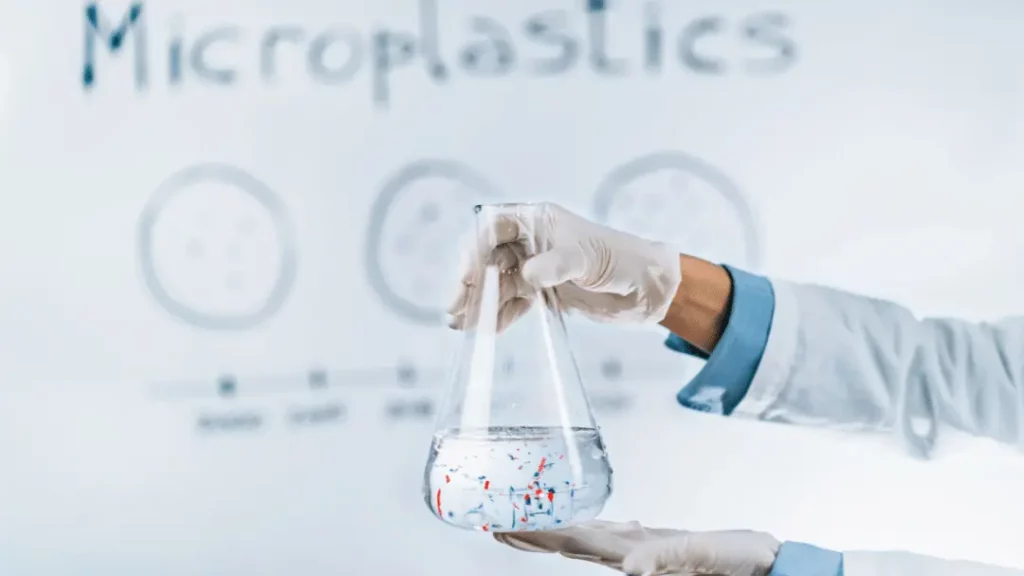
Do Biodegradable Poly Bag Mailers Truly Exist?
Many packaging companies now sell “compostable” or “biodegradable” poly bag mailers. These plastics are made from plant-based ethanol or oyster shells. Or they have additives that supposedly help plastic break down faster.
Environmental Science and Technology published a study to test the biodegradability of five different types of supposedly “eco-friendly” bags and compared them to conventional poly bags. For three years, shredded and whole bags were:
- Buried in garden soil
- Submerged in ocean water
- Exposed to open light and air
- Sealed in a dark, temperature-controlled container in the lab
Marketers proclaimed that the poly bags were:
- Oxo-biodegradable
- Biodegradable
- Compostable
However, they do not live up to the hype.
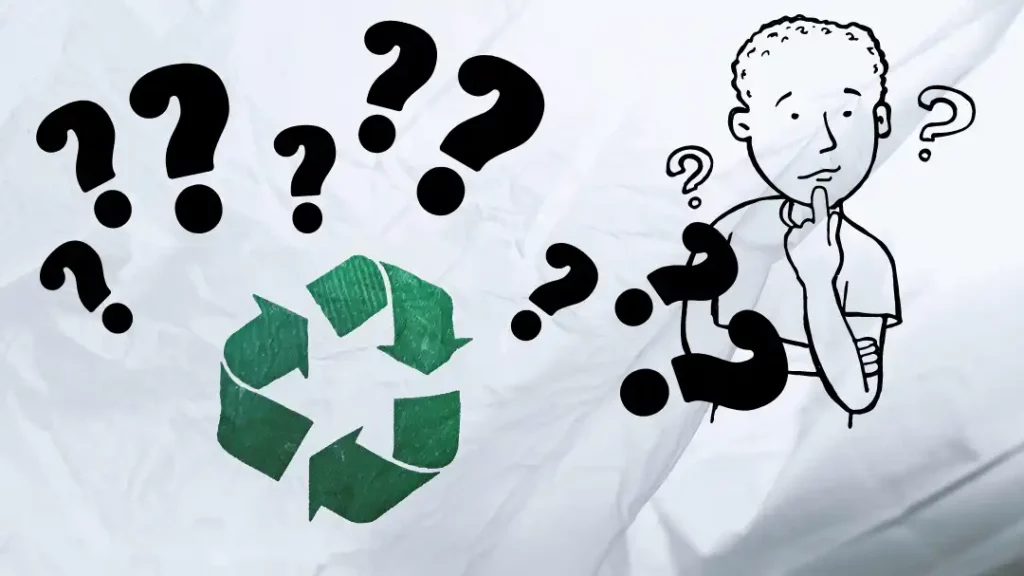
After three years, although some whole bags were weaker, all were fully intact. The one in seawater could still handle an entire load of groceries.
The study’s authors concluded:
“Collectively, our results showed that none of the bags could be relied upon to show any substantial deterioration over a 3-year period in all of the environments. It is therefore not clear that the oxo-biodegradable or biodegradable formulations provide sufficiently advanced rates of deterioration to be advantageous in the context of reducing marine litter, compared to conventional bags.”
Source: Environmental Deterioration of Biodegradable, Oxo-biodegradable, Compostable, and Conventional Plastic Carrier Bags in the Sea, Soil, and Open-Air Over a 3-Year Period; Napper IE, Thompson RC. Environ Sci. Technol. 2019, 53, 9,4775-4783.
In reviewing this study and others, a PBS Newshour reporter wrote:
“Labels like ‘biodegradable,’ ‘compostable,’ or even ‘recyclable’ are theoretical — they don’t reflect the reality of what happens to the materials we throw away or litter into the oceans, and they don’t help people accurately understand how to get rid of them.
Three years after the researchers’ plastic bags were buried or submerged, they were as useful — and as harmful — as the day they were made.”
Conclusion
Heavily supported by the chemical and petroleum industries, the global PE industry grows by approximately $5 billion annually. Yet, despite the growing concerns of medical and environmental experts, supported by peer-reviewed scientific literature, little PE is recycled. Worse, so-called eco-friendly poly bag mailers claim to be biodegradable but are not.
Their increased use appears to be short-sighted—especially regarding human health and the environment.
By contrast, traditional corrugated boxes are made primarily from recycled materials. What’s more, they are broadly recycled both by industry and consumers.
Doug Wertheimer

Get More Industry News Like This
Welcome to the Wertheimer Family! We'd like to keep you up to date with industry changes and news. Subscribe to receive our occasional news, updates and articles direct to your in-box.
